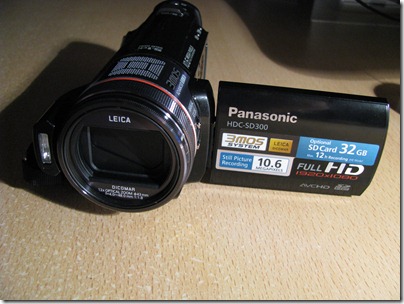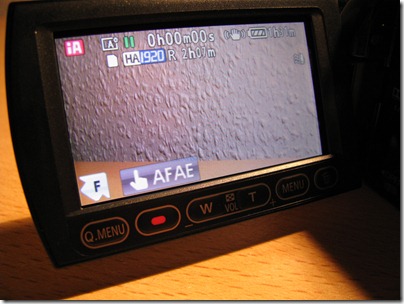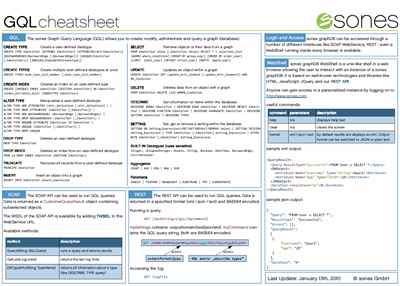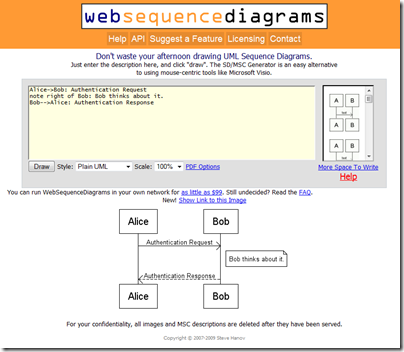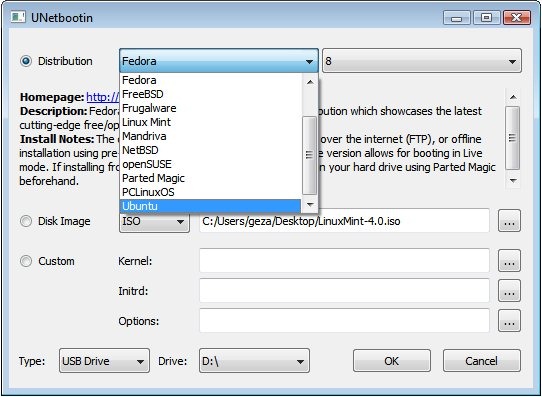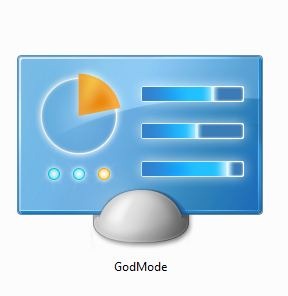As you may know, my team and I are developing a graph database. A graph database is a database which is able to handle such things as the following:
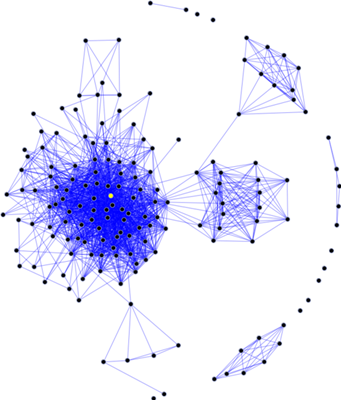 social graph
social graph
So instead of tables with rows and columns, a graph database concentrates on objects and the connections between them and is therefore forming a graph which can be queried, traversed, whatever-you-might-want-to-do.
Lately more and more companies start realizing that their demand for storing unstructured data is growing. Reflecting on unstructured data, I always think of data which cannot single-handedly be mapped in columns and rows (e.g. tables). Normally complex relations between data are represented in relation-tables only containing this relational information. The complexity to query these data structures is humongous as the table based database needs to ‘calculate’ (JOINs, …) the relations every time they are queried. Even though modern databases cache these calculations the costs in terms of memory and cpu time are huge.
Graph databases more or less try to represent this graph of objects and edges (as the relations are called there) as native as possible. The sones GraphDB we have been working on for the last 5 years does exactly that: It stores and queries a data structure which represents a graph of objects. Our approach is to give the user a simple and easy to learn query language and handle all the object storage and object management tasks in a fully blown object oriented graph database developed from the scratch.
Since not everybody seems to have heard of graph databases, we thought it might be a good idea to lower barriers by providing personalized test instances. Everyone can get one of these without the need to install anything – a working AJAX/Javascript compatible browser will suit all needs. (get your instance here.)
Of course the user can choose between different ways to access the database test instance (like SOAP and REST) but the one we just released only needs a browser.
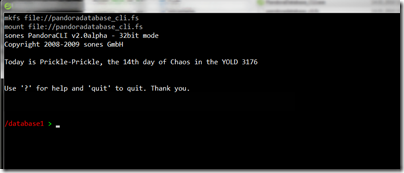
The sones GraphDB WebShell – as we call it – resembles a command line interface. The user can type a query and it is instantly executed on the database server and the results are presented in either a xml, json or text format.
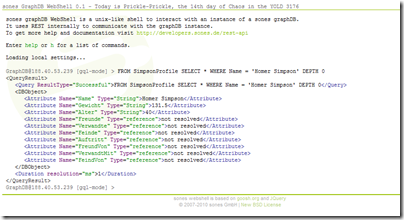
Granted – the interested user needs to know about the query language and the possible usage scenarios. Everyone can access a long and a short documentation here.
Source 1: http://en.wikipedia.org/wiki/Social_graph
Source 2: http://www.sones.com
Source 3: Long documentation
Source 4: Short documentation
